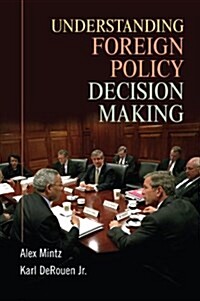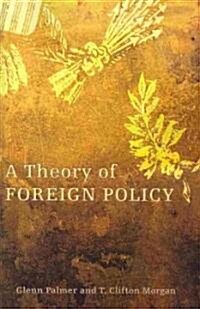
Understanding foreign policy decision making
- 발행사항
- New York : Cambridge University Press, 2010
- 형태사항
- xi, 208 p.: 24cm
- ISBN
- 9780521700092
- 청구기호
- 327.101 M663u
- 키워드
- Understanding, foreign, policy, decision, making
소장정보
| 위치 | 등록번호 | 청구기호 / 출력 | 상태 | 반납예정일 |
|---|---|---|---|---|
이용 가능 (1) | ||||
| 1자료실 | 00015586 | 대출가능 | - | |
- 등록번호
- 00015586
- 상태/반납예정일
- 대출가능
- -
- 위치/청구기호(출력)
- 1자료실
책 소개
This book presents a psychological approach to foreign policy decision making. This approach focuses on the decision process, dynamics, and outcome.
목차
Part I. Introduction: 1. Why study foreign policy from a decision making perspective?; Part II. The Decision Environment: 2. Types of decisions and levels of analysis in foreign policy decision making; 3. Biases in decision making; Part III. Models of Decision Making: 4. The rational actor model; 5. Alternatives to the rational actor model; Part IV. Determinants of Foreign Policy Decision Making: 6. Psychological factors shaping foreign policy decisions; 7. International, domestic and cultural factors influencing foreign policy decision making; Part V. Marketing Foreign Policy: 8. Marketing, framing and media effects in foreign policy decision making; Part VI. Conclusion: 9. Conclusion: wrapping things up; Appendix: an applied decision analysis exercise and simulation.




